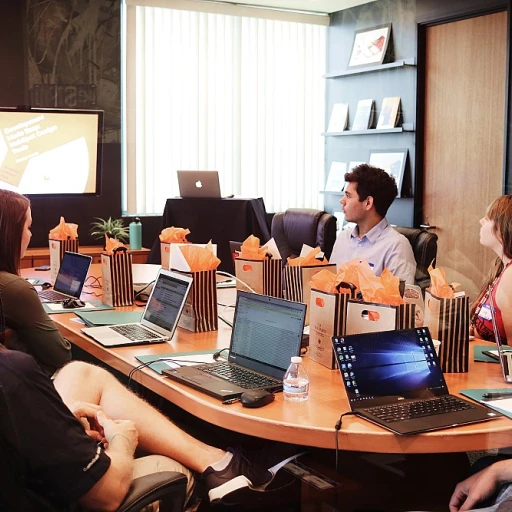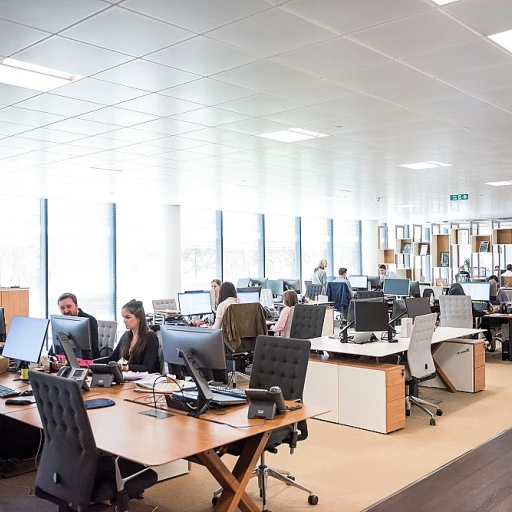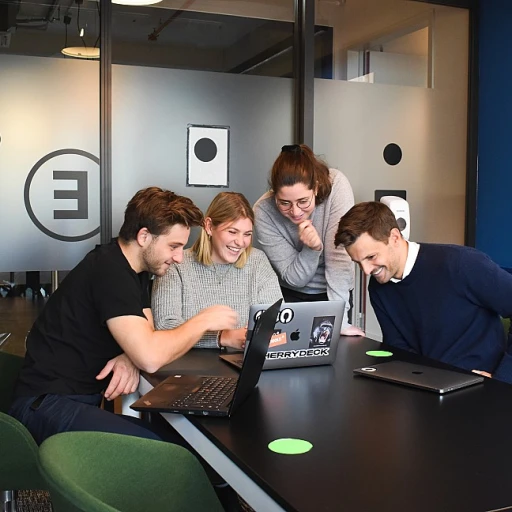
Understanding the Importance of Layout in Background Checks
The Role of Design and Functionality
In the evolving landscape of background checks, design and functionality hold a crucial role. The layout of a check is no longer a simple template; it is an essential element that influences usability and readability. A thoughtfully designed background check layout can significantly enhance the user experience. Efficient layout designs help users navigate through the information effortlessly, promoting accuracy and timeliness. The importance of layout is linked closely to how users interact with checks. A modern check layout should account for various important elements such as fields like account number, check number, and payment details. This not only aids the check printing process but also ensures that every blank field is filled appropriately, reducing errors. As businesses increasingly turn to digital solutions for check printing and payroll management, electronic backgrounds that seamlessly integrate with Business Central systems are becoming essential. Not only does this enhance personalization, allowing users to customize elements like check design and check layouts, but it also supports critical features such as MICR encoding, essential for bank account transactions and wire transfers. Understanding this significant aspect of check layouts and design is the foundation for a user-centric and error-free background check process. For more insights on integrating these elements seamlessly into modern onboarding processes, take a look at this smooth sailing with remote onboarding and background checks guide.Key Elements of an Effective Background Check Layout
Essential Components of a Modern Check Layout
Designing an effective layout for background checks requires a keen understanding of the various elements that not only include aesthetics but also functionalities. These components are key to ensuring that the check layout is both practical and user-friendly, meeting the evolving needs of businesses and individuals alike.- Clarity and Simplicity: The layout must maintain clarity with an optimal number of fields. It's vital to allow users to fill in necessary information like the bank account and account number without clutter. This approach minimizes errors and enhances user satisfaction.
- Readability in Print and Digital Formats: As checks print differently across devices, ensuring readability in both printed check forms and digital displays is critical. The layout should adapt seamlessly to print checks, accommodating various check stock and blank stock settings.
- Field Customization and Selection: Providing users the ability to customize fields and select specific field formats is beneficial to meet diverse needs. This is particularly important for businesses using different payroll systems and check design elements like micr fields.
- Integration with Banking Systems: Efficient check layouts should easily integrate with banking systems, allowing wire transfers and other payment methods to be executed smoothly. Features must support both pre-printed and blank check scenarios, with flexibility for serialized check numbers and business central alignment.
- Security Features: Implementing security measures within the check layout is essential to prevent fraud. These can include watermarks, micro-print text, and security borders, which help protect against unauthorized alterations.
Trends Shaping Background Check Layouts
Emerging Innovations in Background Check Design
In the dynamic field of background checks, staying current with design trends can significantly enhance the way information is processed and presented. As technology evolves, so does the necessity for businesses to adapt their layout strategies to cater to modern user needs.- Automation and Smart Layouts: As businesses increasingly rely on automation, there is a noticeable shift from traditional, rigid designs to more flexible, smart layouts that adapt to changing data inputs. This flexibility allows for real-time updates, making it easier for users to both enter and retrieve information seamlessly.
- Mobile Optimization: With the rise of mobile device usage, creating mobile-friendly check layouts has become essential. Emphasizing a user-friendly interface that adjusts smoothly across different platforms ensures that users can access and enter information efficiently, whether they are filling out a bank account detail or selecting fields in a check design.
- Enhanced Data Visualizations: The integration of sophisticated data visualization techniques into background check layouts can help users grasp complex information quickly. Introducing visual cues and organized structures in fields like payment and account number fields aids in minimizing errors and enhancing accuracy during data entry and checks print processes.
- Personalized Interfaces: Allowing users to customize their interactions with check systems significantly improves their experience. Features such as customizable dashboards and personalized field arrangements help in catering to individual user preferences, from those filling check numbers to selecting payment options.
Challenges in Adapting to New Layout Trends
Overcoming Obstacles in Aligning with Contemporary Trends
Incorporating new trends into background check layouts presents several challenges. Organizations must balance modern aesthetic demands with compliance and functional efficacy. Ensuring a layout that efficiently presents information is crucial, yet it should not overshadow the ability to customize. The means by which users can select fields or fill in a blank account number must stay intuitive, aiding in swift data entry and accurate check printing. One significant challenge is aligning technology with user expectations. As users demand more streamlined and visually appealing interfaces, businesses may struggle to balance check design aesthetics with core functionality. Background check providers must consider how their check layouts can be modified to meet user desires without sacrificing information clarity or security. Issues can also arise in integrating innovation while maintaining existing systems’ compatibility. Many institutions depend on legacy systems for check printing or wire transfers. Shifting these setups to accommodate a modern layout check can result in compatibility and operation interruptions. For instance, integrating MICR technology within the check stock requires careful planning. Furthermore, companies face difficulties adapting to fluctuating regulations that impact the information layout must present. Staying current with payroll and other financial mandates is vital to ensure all printed checks remain compliant. Multi-national businesses operating with diverse regulations face greater complexity. The same holds true for organizations managing both electronic funds and traditional printed check processes. Organizations can mitigate these challenges by engaging in regular training programs and updates about background check trends. Implementing feedback loops that involve end users helps refine a check layout that aligns with customer expectations while meeting legal and operational requirements. They must keep their center closely synchronized with business central strategies while innovating within these constraints. By addressing these challenges thoughtfully, companies can adopt check layouts that meet modern needs while maintaining robust, flexible systems that respond swiftly to regulatory, technological, and aesthetic demands. Such attentiveness will help companies operate efficiently, bringing about enhanced user satisfaction and reliable process flows for payments, bank accounts, and beyond.Best Practices for Designing a User-Centric Background Check Layout
Designing with the User in Mind
When it comes to creating a layout for background checks, prioritizing a user-centric design is crucial. A clear and intuitive design can significantly enhance the user's ability to retrieve and process information efficiently, thereby improving the overall experience.
Start by focusing on the key elements that a user would interact with. This includes the fields where users will fill in information such as the account number or check number. It is essential to center these fields on the layout, making them highly visible and easily accessible.
Moreover, the customization aspect should not be overlooked. Allowing users to select and rearrange certain fields, or even personalize the check layout, can create a more engaging experience. This is especially necessary for platforms like business central where different users require different data points.
Implementing a streamlined process for check printing also enhances usability. Users should be able to print checks with ease, whether they are using blank stock or pre printed checks. This involves simplifying the steps needed to select the relevant fields, enter necessary data, and print — ultimately culminating with the click save action.
Balancing Information and Aesthetics
Effective check design should balance the amount of information provided with visual appeal. While ensuring all necessary data like micr numbers and bank account details are present, it is important to avoid cluttering the spaces, thus preventing a blank check from becoming overwhelming to the user.
Utilizing strategic spacing, readable fonts, and a hierarchy of information can help mitigate any confusion or clutter that may arise in a detailed layout.
Attention to detail in the placement of payment methods like wire transfers or check stock options can also aid in making processes seamless. This enhances the viability of the layout not just for personal users but aligns with evolving business needs too.
Incorporating these design strategies will not only adhere to current trends but will also prepare for future check layouts, ensuring they remain efficient, adaptable, and user-focused.












